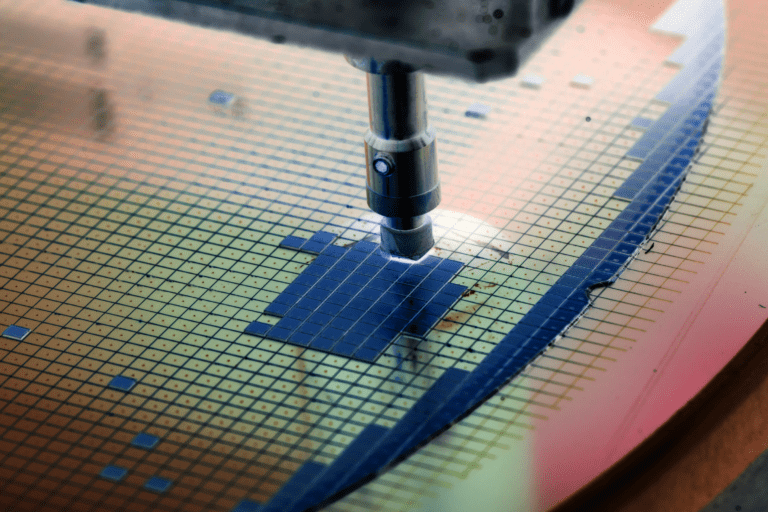Imec and ASML published a report that the continuation of Moore’s Law is within reach until 2024. Researchers argue that due to breakthroughs in lithographic machines and the way to deploy these machines on an industrial scale, the number of transistors in an integrated circuit can continue to double in the coming years. As such, the exponential improvement of computer chips persists. Moore’s Law is anything but dead.
ASML plays a significant role in the global field of semiconductors. With a market share of roughly 90 percent (source: Nasdaq), it supplies chip manufacturers (including Intel and Samsung) with the lithography machines needed to make chips. When ASML succeeds in developing machines that can produce chips with smaller circuits, it clears the way for chip manufacturers to produce chips with more power and reduced size, which widens the horizon of computing worldwide.
It has become increasingly clear that ASML is succeeding in doing so once again. In collaboration with imec, the organization published a report covering the challenges and solutions surrounding the first-next significant reduction of chip size category: from 3 nanometers (or nm) to 2 nm. Required lithography methods and machines are on the verge of functioning in controlled environments.
From theory to practice
The only missing puzzle piece: a way to roll out the technology as cost-effectively as possible on an industrial scale. During an investor meeting on September 29, ASML stated that the latter is expected to be realized from 2025 onwards (see: ‘Technology Strategy’ report). In the meantime, earlier generations of machines will be further developed for improved energy efficiency and cost-effectiveness.
